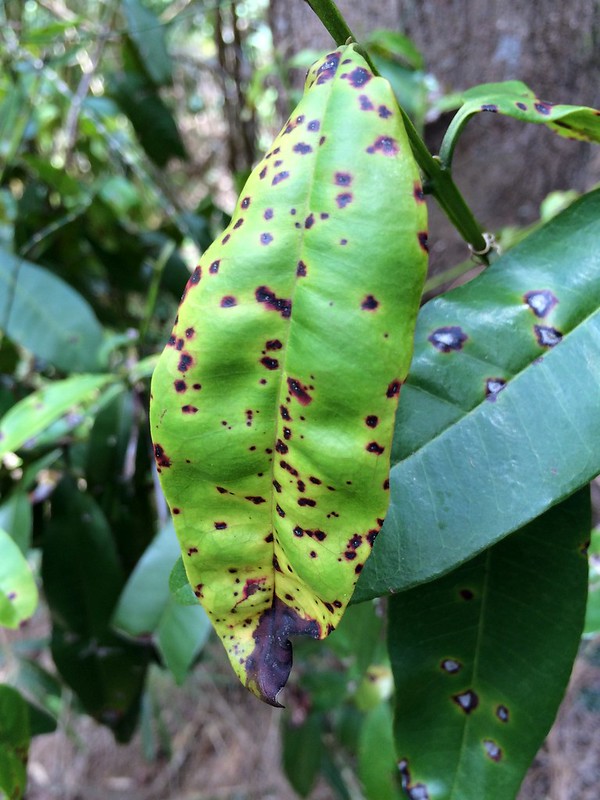Table of Contents Show
Did you know that 66% of American consumers own at least one houseplant?
Owning and maintaining plants is a rewarding and fulfilling pursuit. Plants have a positive effect on both environmental and mental health for their owners.

That’s why it’s so important to be on the lookout for disease in your plants. Failing to recognize the warning signs associated with fungal diseases can result in your treasured plants dying.
Read on to learn more about identifying and addressing fungal diseases in plants.
Common Fungal Diseases
Fungal diseases and FLOs (fungal-like organisms) cause more damage to plants than any other organic pest. There are over 8,000 species of harmful fungi recorded today. Here are a few to look out for:
Black Spot
Black spot is a widespread fungal disease. Anybody who has tried their hand at cultivating roses should be familiar with it.
The main symptom of a black spot fungal plant disease infection is the characteristic black, brown, or gray markings it leaves on the leaves of stricken plants. If you encounter a black spot, remove and destroy afflicted leaves before applying an antifungal spray.
Powdery Mildew
Powdery mildew is another common fungal disease.
Thriving in damp, cool conditions, powdery mildew can be identified by the presence of white and yellow growths on leaves and fruits. Sadly, this disease cannot be treated with antifungal chemicals. You must immediately destroy affected plants to prevent further spread.
Read Also:
Blight
Blight is an infectious fungal disease that affects food crops. Potatoes and tomatoes are particularly vulnerable.
You can recognize blight by brown, discolored leaves that begin at the edges. As the leaves curl inwards, white fungal growth will become apparent. Remove the affected leaves and work to improve soil health if spot blight on your crops.
Clubroot
Clubroot is a fungal disease that often affects brassica and other vegetables.
However, it can also affect ornamental houseplants and flowers. Clubroot causes the swelling and deformation of the plant’s root system and inhibits its health. Monitoring pH levels and applying a fungicide can help to allay its effects.
Combatting Fungal Disease
If you identify Fungal diseases or FLOs, you can combat them before they become a serious problem.
You should always isolate fungal disease by removing affected areas as soon as you notice them. Ensure good soil health and employ an effective fungicide, such as Marrone Bio, to keep your plants healthy and virile.
While it is always a shame to eliminate a plant, some fungal diseases must be addressed with extreme caution. By removing severely infected plants, you can be proactive in the management of fungal diseases in plants.
Fungal Diseases in Plants: What to Do
So that’s the 101 on how to identify and manage fungal diseases in plants.
You can ensure the health of your treasured plants by following our helpful guide. Being vigilant with your plants and crops allows you to guarantee their health in the future.
Did you find this article helpful? If so, be sure to check out the rest of our blog for everything you need to know about design, gardening, lifestyle, and more.









